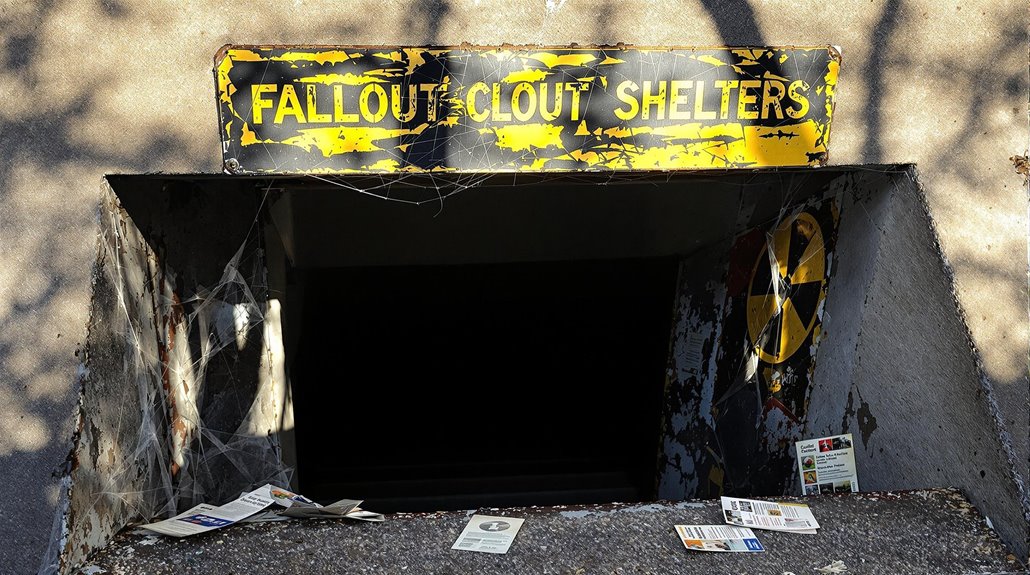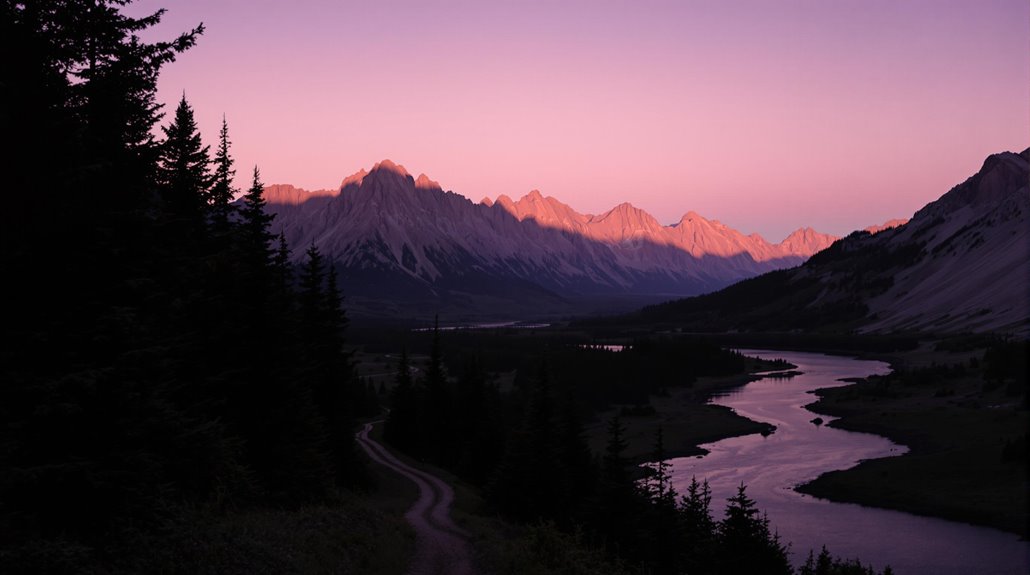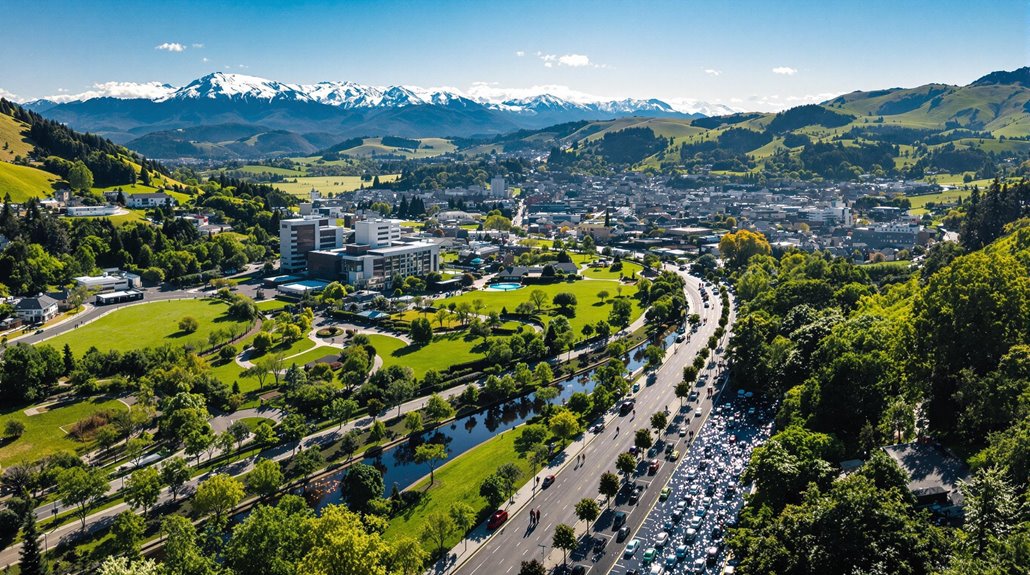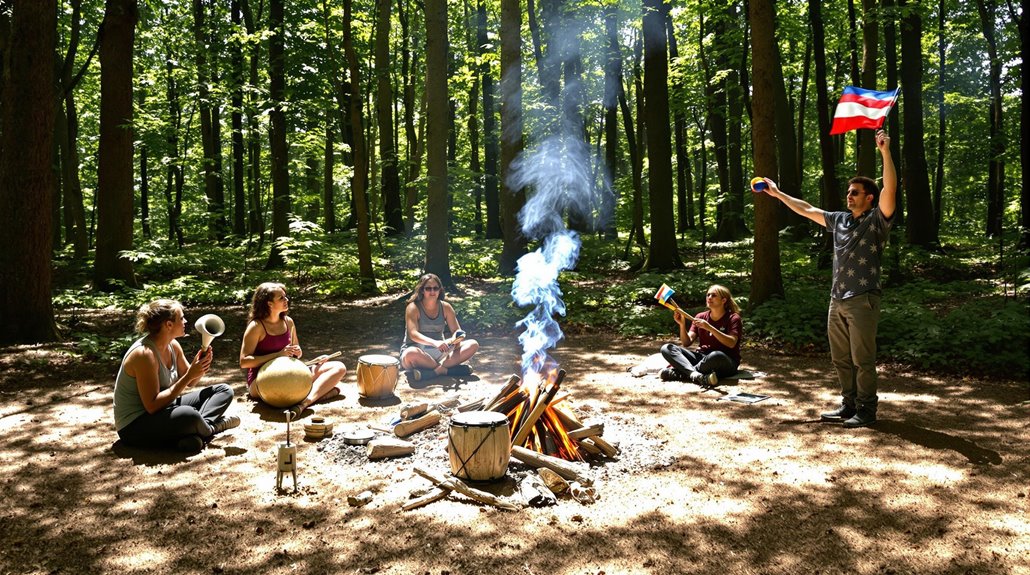States With the Most Natural Disasters: Should You Be Worried?
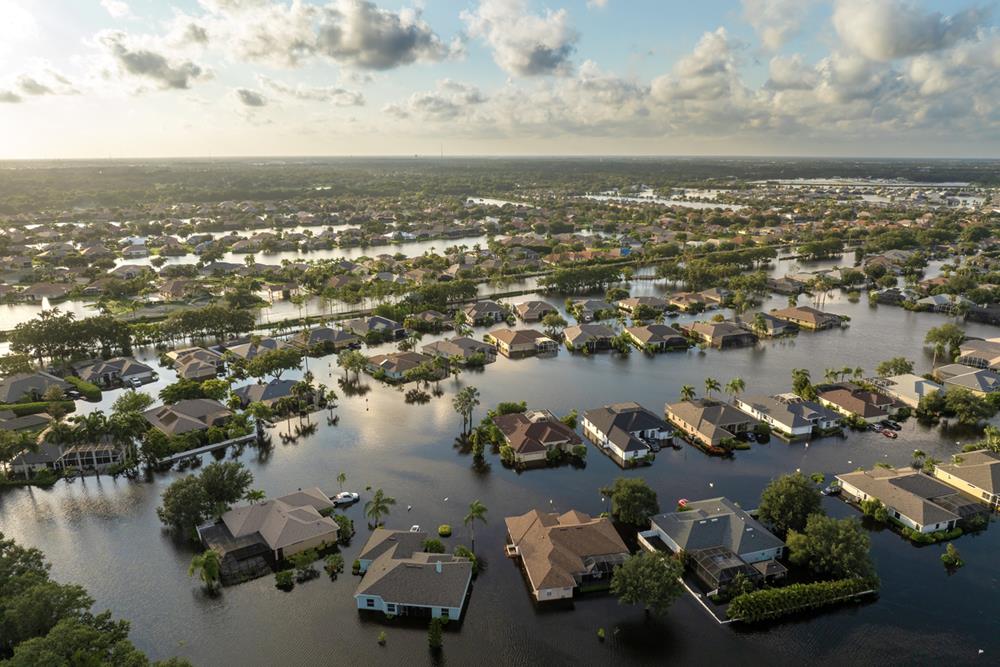
From hurricanes and wildfires to floods and earthquakes, natural disasters can strike anywhere—but some states face these threats more often than others. If you live in or are planning to move to one of these high-risk areas, it’s worth asking: how concerned should you really be?
In this article, we’ll explore which U.S. states experience the most natural disasters, what kinds of events they typically face, and what that means for residents. Whether you're thinking about safety, insurance, or preparedness, knowing the risks can help you make smarter decisions.
| State | Primary Disaster Types | Notable Events | Disaster Declarations / Impact |
|---|---|---|---|
| Texas | Hurricanes, floods, tornadoes, wildfires | Hurricane Harvey (2017), 2021 Winter Storm | 368 major disasters (1953–2022), over $125 billion in damage from Harvey |
| Mississippi | Flooding, severe storms | Great Mississippi Flood (1927) | Over 1 million flood claims since 2000 |
| Oklahoma | Tornadoes, severe storms, flash floods | Average of 50 tornadoes per year | One of the most weather-volatile states |
| California | Wildfires, earthquakes, mudslides | Camp Fire (2018) | 285+ declarations since 2000, $10.5B in insured losses (Camp Fire) |
| Florida | Hurricanes, flooding, wind damage | Hurricanes Andrew & Ian | High hurricane frequency and insurance costs |
Understanding Natural Disaster Declarations
Natural disaster declarations play a key role in how the U.S. responds to and recovers from major events like floods, hurricanes, wildfires, and severe storms. When a state issues a disaster declaration, it signals that the damage is beyond what local resources can handle—opening the door to federal aid and support.
From 2015 to 2019, all 50 states declared at least one natural disaster, showing just how widespread and frequent these events have become. California led the list with 84 declarations, largely due to wildfires and earthquakes. Texas also faced repeated threats, including hurricanes and tornadoes.
In 2020, disaster declarations surged to 154, marking the highest number on record. This spike was influenced not only by natural disasters but also by the COVID-19 pandemic, which added to the pressure on emergency response systems. The Venezuelan Blackout of 2019 serves as a poignant reminder of how infrastructure neglect and corruption can exacerbate crises, leading to severe societal impacts.
These declarations are more than just paperwork—they help speed up recovery, provide access to federal funding, and lessen the economic impact on communities. As climate change continues to fuel more frequent and intense weather events, understanding how disaster declarations work is more important than ever.
Economic Consequences of Frequent Disasters
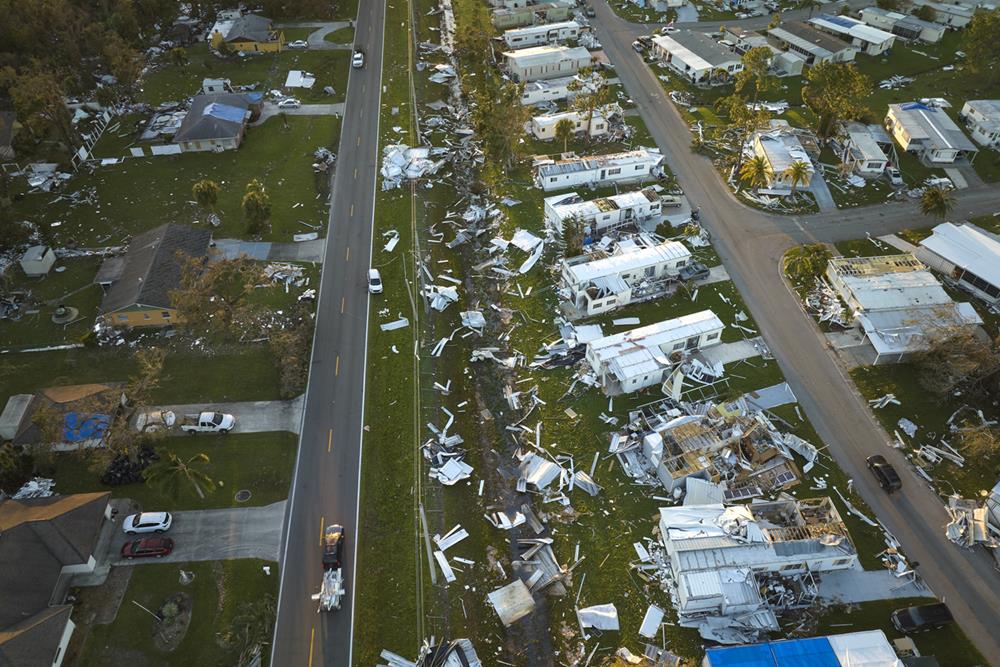
As natural disasters become more frequent and severe, their economic consequences are hitting states hard. You can see this in places like California, where the Camp Fire's insured losses soared to $10.5 billion.
The economic repercussions of major disasters don’t end there. Texas, with events like Hurricane Harvey causing over $125 billion in damage, constantly deals with massive recovery efforts and insurance claims.
Mississippi is another example, grappling with long-term flood damage, as evidenced by over a million claims since 2000.
The rising trend of climate disasters and disaster declarations, especially notable in 2020, shows states aren't just facing immediate recovery costs but also enduring financial burdens that strain their resources and preparedness strategies. Hurricane in Galveston was one such event, marking a significant historical disaster with a death toll between 6,000-12,000 and long-lasting impact on infrastructure.
Impact on Home Insurance Policies

Natural disasters don’t just affect communities—they also have a direct impact on homeowners' wallets, especially when it comes to insurance.
If you live in high-risk states like Texas or Florida, you’re probably paying higher home insurance premiums due to threats like hurricanes, flooding, and severe storms. But here’s the catch: standard homeowner policies often don’t cover major disasters such as floods or earthquakes. To be fully protected, you’ll likely need to purchase additional coverage, like flood or earthquake insurance.
The financial burden can be severe. For example, the 2018 Camp Fire in California led to billions of dollars in insurance claims, pushing many insurers to tighten their policies or leave high-risk areas entirely.
In states with frequent disaster declarations, insurance companies may adopt stricter rules—raising premiums, increasing deductibles, or limiting coverage altogether. That means fewer options and higher costs for homeowners trying to stay protected.
Being aware of these risks is essential if you live in or are moving to a disaster-prone area. Understanding what your policy does—and doesn’t—cover can help you avoid costly surprises down the road.
In Texas, the 2021 Winter Storm highlighted vulnerabilities in infrastructure, leading to significant damages and emphasizing the need for improved resilience in power and water systems. To avoid being caught unprotected, make sure you purchase home insurance well before a disaster looms.
Natural Disaster Preparedness and Safety Tips

Natural disasters are unpredictable, but preparing in advance can make all the difference.
Start by understanding your flood risk—flooding is the most common natural disaster in the U.S. Since standard homeowners insurance usually doesn't cover flood damage, it’s important to get flood insurance if you live in a high-risk area.
Create a simple emergency plan for your household. This should include:
A communication strategy
Evacuation routes
A basic emergency kit with food, water, medications, and important documents
In wildfire-prone areas like California, maintaining defensible space around your home by clearing dry vegetation can help protect your property. In hurricane-prone regions like Florida, reinforcing windows and securing outdoor items ahead of time is key.
Finally, make sure your home insurance is in place before disaster strikes. Policies can’t be updated or purchased once a threat is imminent. Using local resources and staying informed can greatly improve your disaster readiness.
Overview of the Most Disaster-Prone States

Being prepared is important—but knowing where disasters are most likely to strike helps you focus your efforts more effectively. Here’s a look at some of the states most frequently hit by natural disasters:
1. Texas
Leading the nation, Texas has faced 368 major natural disasters from 1953 to 2022. The state regularly deals with hurricanes, floods, tornadoes, and wildfires. Notably, Hurricane Harvey in 2017 caused catastrophic damage and widespread flooding.
2. Mississippi
Mississippi is no stranger to flooding, especially along the Mississippi River. The state’s disaster history includes the historic Great Mississippi Flood of 1927, which remains one of the most devastating in U.S. history.
3. Oklahoma
Situated in Tornado Alley, Oklahoma experiences an average of 50 tornadoes per year. Severe storms and flash floods are also common, making it one of the most weather-volatile states in the country.
4. California
Known for its natural beauty—and natural threats—California faces wildfires, earthquakes, and mudslides. Since 2000, it has recorded over 285 disaster declarations, with wildfire seasons growing more intense in recent years.
5. Florida
Florida's hurricane risk is among the highest in the U.S. With warm coastal waters fueling powerful storms, the state frequently experiences flooding and wind damage. Hurricanes Ian and Andrew are among the most destructive to hit the region.
Understanding the risks in these states can help residents better prepare and respond to disasters when they occur.
Insights on the Least Disaster-Prone States
While many U.S. states regularly face natural disasters, some stand out for their relative safety and low disaster frequency.
Maine
Maine ranks as the least disaster-prone state in the country. It experiences very few billion-dollar disasters and has historically been spared from major weather-related events.
Vermont
Vermont also sees relatively few disasters, mainly dealing with snowstorms and cold temperatures. However, changing weather patterns linked to climate change have led to a slight uptick in disaster declarations in recent years.
New Hampshire
New Hampshire enjoys a low rate of major disasters, with most weather events involving routine winter conditions. The state rarely experiences the kind of severe events seen elsewhere.
Alaska
Despite its harsh winters and frequent earthquakes, Alaska sees fewer high-cost disasters. Its remote location and low population density help limit the economic and human impact of natural events.
Hawaii
Hawaii does face occasional hurricane and volcanic risks, but these events are relatively infrequent. The islands’ geography and preparedness efforts contribute to overall stability.
Together, these states highlight how geography, climate, and population factors can lower a region’s disaster risk—making them some of the safest places in the U.S. when it comes to natural hazards.
Strategies for Mitigating Disaster Risks
While no place is completely safe from natural disasters, there are practical steps you can take to reduce their impact on your home and family.
Start by putting together a well-stocked emergency kit. Include essentials such as non-perishable food, clean water, medications, flashlights, batteries, and copies of important documents. Having these items ready can make a big difference during an emergency.
If you live in a wildfire-prone area, protect your home by creating a defensible space. Use fire-resistant materials, clear dry vegetation, and maintain safe distances between trees, shrubs, and your home.
Also, don’t overlook your home insurance. Review your policy to ensure you're covered for common local threats. Standard insurance often doesn’t cover floods or earthquakes, so consider adding extra coverage if needed.
Quick Checklist:
Emergency Kit – Stock food, water, medications, and documents
Wildfire Defense – Clear space and use fire-safe materials
Insurance Coverage – Review and update your policy for full protection
Finally, connect with local emergency services and community resources. Many offer free tools, alerts, and training that can boost your preparedness and response.
Community Engagement and Resources for Preparedness

While preparing your home is important, getting involved in your community’s preparedness efforts can significantly boost your overall safety during a disaster.
Start by connecting with local emergency management offices and community organizations. They offer valuable information on evacuation routes, shelter locations, and emergency supply checklists tailored to your area’s specific risks.
Participating in events like National Preparedness Month is a great way to join workshops, drills, and training sessions that improve both individual and community readiness. The American Red Cross also provides free or low-cost training in first aid, CPR, and disaster response—skills that can make a real difference in emergencies.
You can also stay informed and connected by using online platforms and local social media groups to share tips, updates, and resources. Don’t forget to check your local government websites for tools like hazard maps and risk assessments to better understand the specific threats in your region.
By combining personal action with community engagement, you help build a more informed, resilient, and prepared neighborhood.

